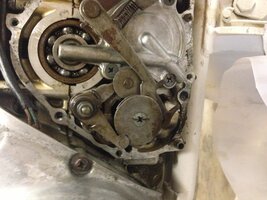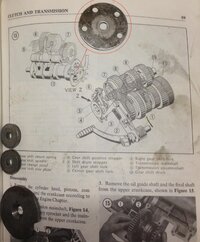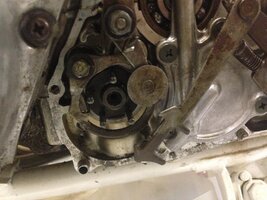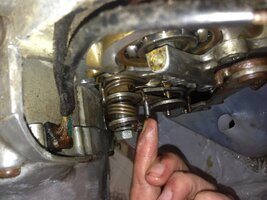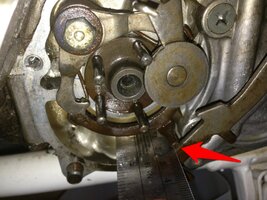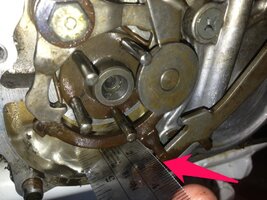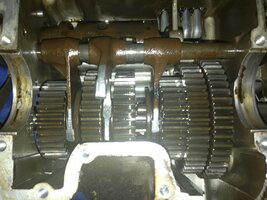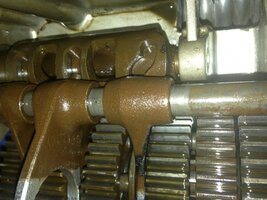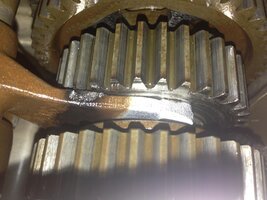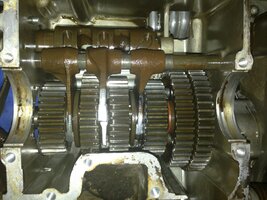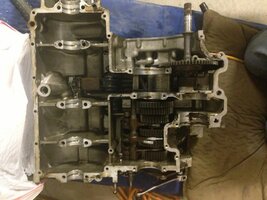ejohnston
CB750 Enthusiast
I recently changed the oil and now am having some issues...
whenever I put the bike in neutral with the engine running I can hear a clicking noise like a gear is barely engaged. when the motor is running, in neutral, and the bike is up on the center stand, the rear wheel turns slowly and gradually builds up speed.... (with the motor not running I can smoothly shift it into all 5 gears and it even goes into neutral fine.)
When I try to drive the bike and I put it into gear it will pop in and out of gear unless if I ride the clutch and ever so slowly release the lever, then the bike will ride flawlessly in that specific gear.
I think the clutch is not adjusted right but I think it is a completely unrelated problem because clutch adjustments shouldn't affect neutral at all should it?
Is this for sure a transmission problem and is there anything I could do to diagnose the problem or should I just take it to a professional motorcycle mechanic?
Any sugestions as to what could be wrong? and is there anyway I could diagnose the problem by taking off the clutch cover and install a new set of plates?
whenever I put the bike in neutral with the engine running I can hear a clicking noise like a gear is barely engaged. when the motor is running, in neutral, and the bike is up on the center stand, the rear wheel turns slowly and gradually builds up speed.... (with the motor not running I can smoothly shift it into all 5 gears and it even goes into neutral fine.)
When I try to drive the bike and I put it into gear it will pop in and out of gear unless if I ride the clutch and ever so slowly release the lever, then the bike will ride flawlessly in that specific gear.
I think the clutch is not adjusted right but I think it is a completely unrelated problem because clutch adjustments shouldn't affect neutral at all should it?
Is this for sure a transmission problem and is there anything I could do to diagnose the problem or should I just take it to a professional motorcycle mechanic?
Any sugestions as to what could be wrong? and is there anyway I could diagnose the problem by taking off the clutch cover and install a new set of plates?

